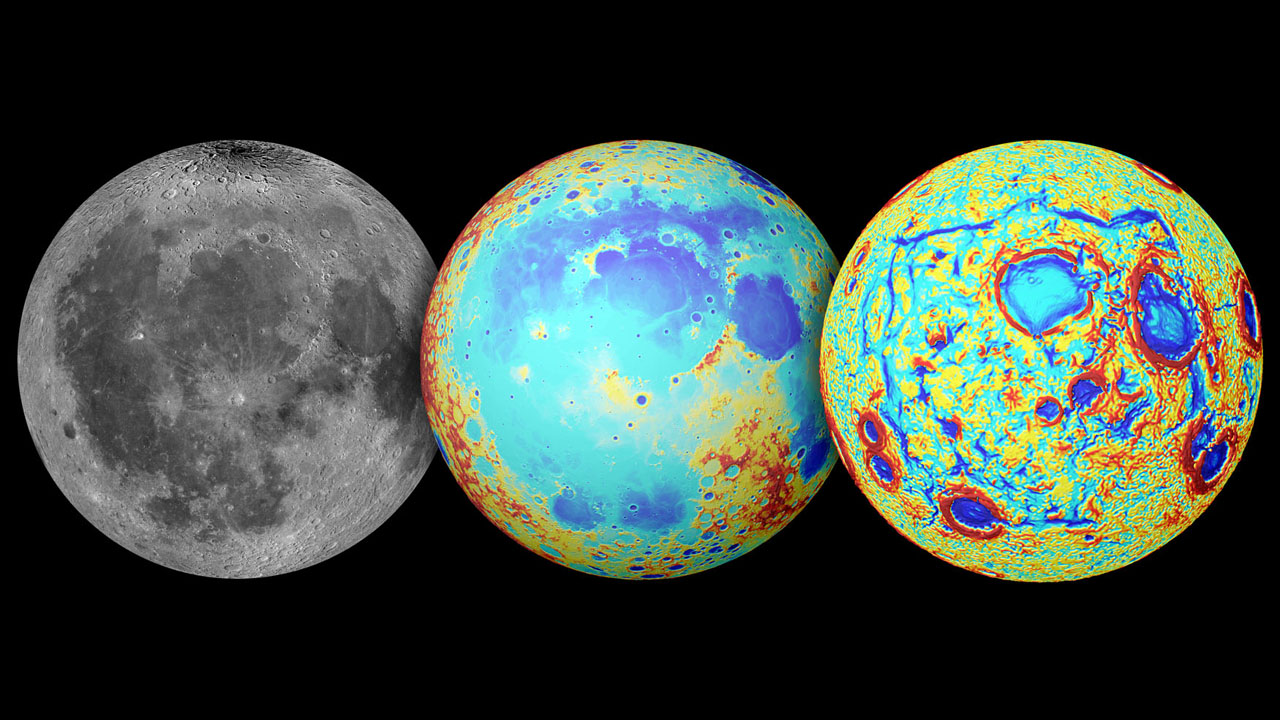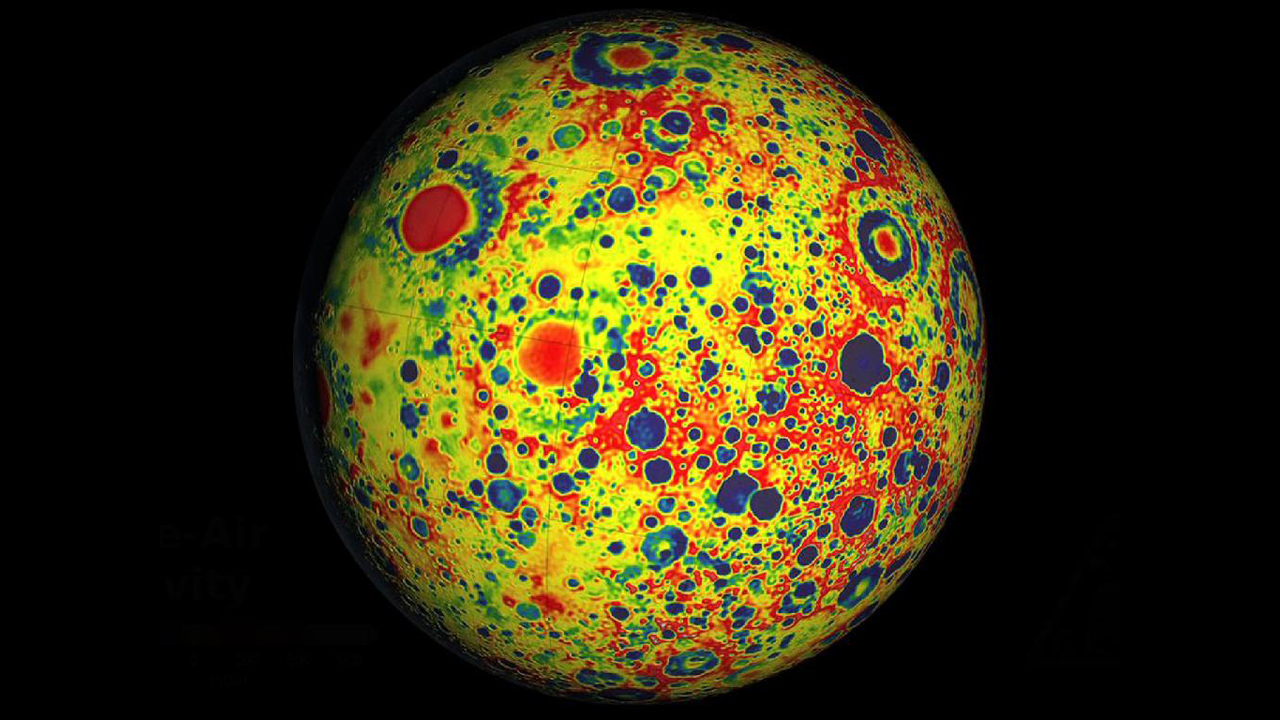Tag: Moon
On Friday, people in the Arctic’s Faroe Islands and Svalbard witnessed the special celestial event known as a total solar eclipse, in which the moon completely blocked out the sun for a few hours in the middle of the day. Large parts of Europe, northern Africa and northern Asia also enjoyed a partial eclipse, providing […]
A study based on data from the lunar GRAIL mission is putting many previous scientific theories about the surface of the Moon into question. Looking closely at its mares (“seas” filled with darker rock) suggests that the planet’s largest feature, Oceanus Procellarum, is the spot from which the planet shat all over itself and “fed magma into its other features.” “The new information […]
According to a new study by the European Association of Geochemistry, the earth is 60 million years older than scientists have last estimated, give or take 20 million years. What does that mean for Neil Degrasse Tyson’s Cosmic Calendar? Science Daily explains: Guillaume Avice and Bernard Marty analysed xenon gas found in South African and Australian quartz, which had […]
Friday evening, NASA will begin its next mission to the moon, launching an unmanned spacecraft with the hopes of studying the satellite’s atmosphere and surface dust. And though the launch, scheduled for 11:27PM, is happening at the Wallops Flight Center on Virginia’s eastern shore, in the right conditions, it may be possible to see it […]
Remember last month, when NASA purposefully crashed two of its unmanned spacecraft into the surface of the moon at around 4,000 miles per hour? It turns out both probes, dubbed Ebb and Flow, were recording video on their final kamikaze mission, rendering the above beautiful footage of the lunar surface sailing by. But I can’t […]
I know it’s unscience-like to gush over how trippy the Moon looks like in this visualisation of its gravitational field, measured by NASA’s Gravity Recovery and Interior Laboratory (GRAIL). I’ve been informed that only stoned teenagers giggle at the psychedelic visual coolness of fractals, so I can’t get too excited about this map of the most […]









